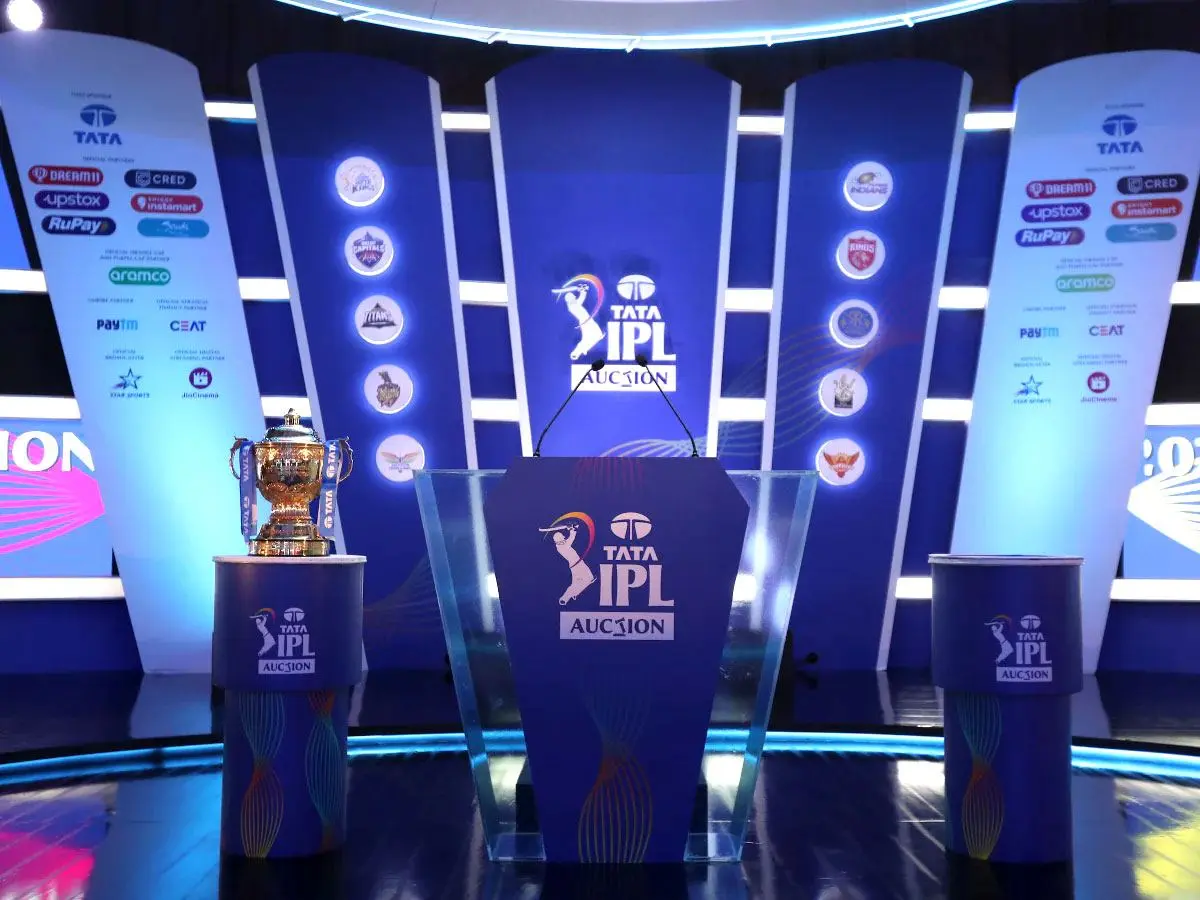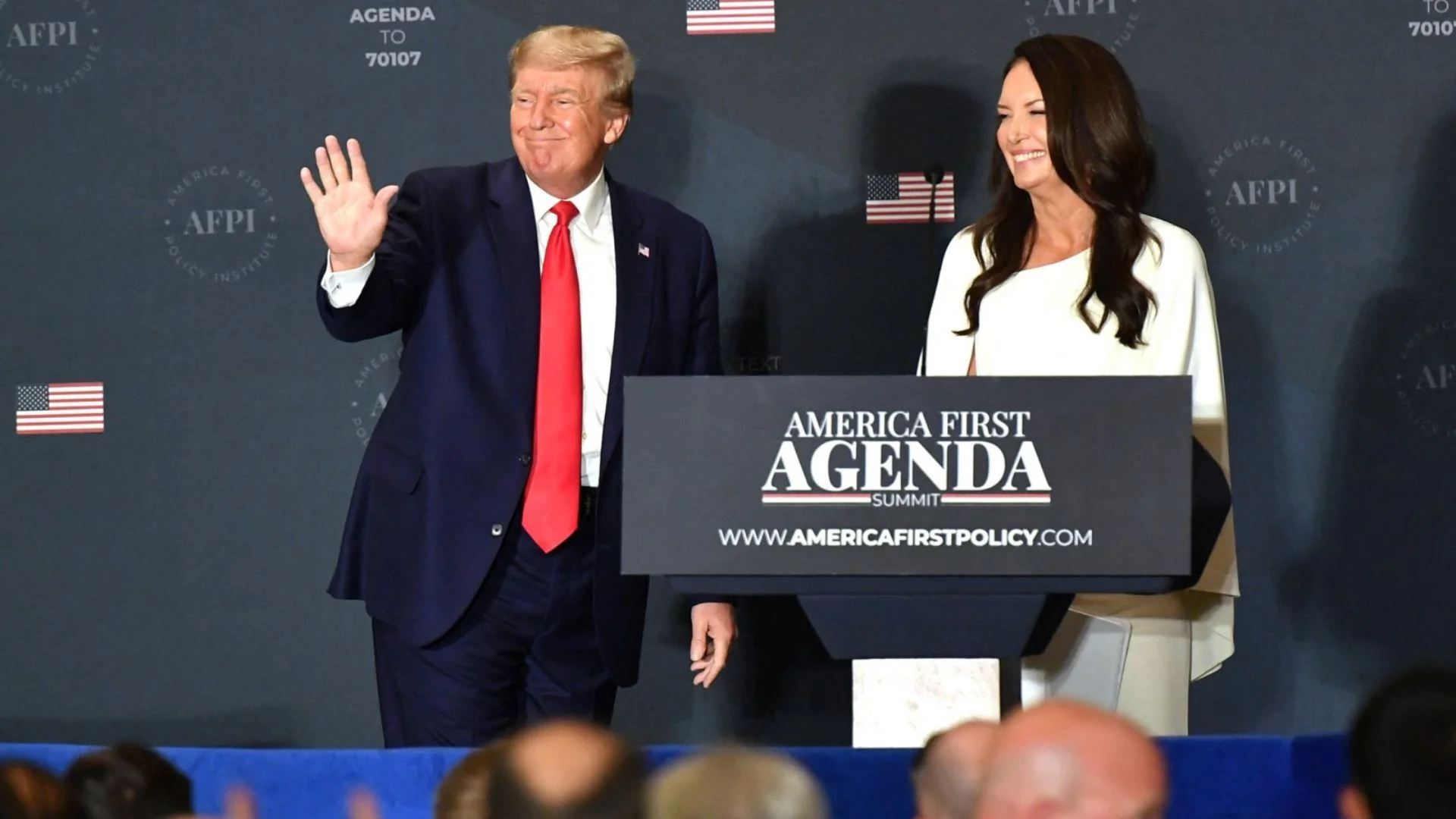
As nearly a year has passed since the judgment of the Supreme Court in the case involving adjudication of title of Sri Ram Janmabhoomi in Ayodhya, I revisited old files to write about something which struck to me when the matter was being argued about this time last year. I had the opportunity to see History unfold as part of the legal team on the side of Sri Ram Lalla Virajman, plaintiff in the suit which was decreed by the Supreme Court of India.
Ostensibly it was a title dispute over 1500 sq. yards of land in Ram Kot, Ayodhya claimed by Hindus as Janmasthan of Lord Sri Ram and Muslims claiming the same as Babri Masjid. But actually, what was put on trial was the truth aboutIndia’s heritage reflected in puranas, itihasas, art, temple architecture, rituals etc. in the process of adjudicating title over a 1500 sq yards of land.
No civilization would have been put to trial to establish before a court of law the truth about the existence of theirfaith based on their own traditionssince times immemorial though acknowledged by the world.
The contest was not merely between citizen professing two different faiths but truth ofexistence of faith itself for one side and proof ofhistory surrounding the way the masjid was builtfor the other.
The contest was between narratives.The Hindu claim was based on cultural evidence based on faith and memory of continuous worship from times immemorialat the same place which preceded the intervening disputed structure built by an invader from Central Asia. This narrative is based on public history ofIndian civilization being subjected to iconoclasm by Islamic invaders.Reliance was placed on significance of Ayodhya for Hindus due to its reference is Skanda Purana as “mokshadayani”. Moksha or Nirvana, which is the ultimate aim of Hindu religion and philosophy, represents the state of absolute absorption and assimilation of the individual soul with the infinite. The significance of the place was that it was chosen by Lord Vishnu to be born as human as son of Kind Dasaratha as per Valmiki Ramayanam.
The other side premised their case on the fact that the Babri masjid was built on vacant land in 1528. Further,they raised questions on the bonafides of the Hindu claim of Janmasthan being under the central dome as being of a recent origin, mainly due to the propagation of a legend by VHP.
The contest was about Indian Historiography. One set of Historians canvassed an inclusive interpretative process, while the other chose one which excluded certain material. It will be useful to refer to the following extract from Ancient Historiography in Britannica.com to understand how history in general has been recorded.
“In the beginning was the spoken word. Humans lived for tens of thousands of years with language, and thus with tales about the past, but without writing. Oral history is still important in all parts of the world, and successful transmission of stories over many generations suggests that people without writing can have a sophisticated historical sense. The historical record, however, must start with a system of writing and a suitable writing technology.”
The Hindus were depending on the narrative of Historians and Archaeologists who based their opinions on Indian tradition of passing on history through Srutis (what is heard) and Smritis (which is remembered) and Puranas (what is codified in tradition). According to them Indian tradition meets the standards of History as is studied as a branch of social sciences. On the other hand the muslims narrative was completely based onthe narrative ofMarxist Historians.
In this regard it would be useful to understand what is Historiography in the words of Richard T. Vann is- “Historiography, the writing of history, especially the writing of history based on the critical examination of sources, the selection of particular details from the authentic materials in those sources, and the synthesis of those details into a narrative that stands the test of critical examination. The term historiography also refers to the theory and history of historical writing.”
The Hindu perspective was based on Historians who believed the interpretative process has to be inclusive of the following :
a) Social realities in the form of beliefs existing amongst the millions of the people through the length and breadth of the country existing for hundreds of years, which are manifested in literature (Ramayana), in art (sculpture and painting), in architecture (temples) and in rituals (puja and archana)
b) Traditions were in existence even in 5th Century A.D., even before Islam was born, which indicates the traditions are born out of positive faith and not as a reaction to Islam.
c) Archaeological excavations near the disputed site undertaken under the auspices of ASI by Prof. A.K. Narain, BHU during 1969 and 1978 and Prof. B.B. Lal, former DG of ASI during 1975-1980 brought out credible material in support of existence of temple at the disputed site.
d) The Archaeological evidence was sought to be corroborated through Travelogues, Gazetteers, Books etc. On the other hand the eminent historians relied by the muslim parties had a counter narrative which was summarised in the document titled ‘A Report to the Nation’ dated 13.5.1991 by four Historians addressed to the then Minister of State for Home Affairs, Govt. of India.
The Supreme Court chose not to give any significant weight to the said report as it was prior to ASI Report in 2003, while holding that the “The inferences which have been drawn by the historians in regard to the faith and belief of the Hindus in the birthplace of Lord Ram constitute their opinion.” The Addenda to the Supreme Court judgment observed “The report, thus, has been prepared as the counter to the Vishwa Hindu Parishad case, which itself suggests that the four Historians had not treated the entire subject dispassionately and objectively.”
Another interesting conclusion of the 4 Historians was that the Skanda Purana was published towards of 18th century or beginning of 19th century. Which in simple terms means Skanda Puran according to the eminent historians was published after Babur nama and Aine-Akbari in order of vintage. In the course of trial evidence was brought on record that the Skanda Puran was of 9th Century A.D.
. The ASI submitted its report in 2003 pursuant to Court ordered excavation and affirmed that there was a pre-existing temple as claimed by Hindus. Even at this stage an attempt was made by these eminent experts in their evidence to set up a completely new claim that the structure was an Idgah or a Kanauti mosque. Losing sight of the consequence of such suggestionwould be to say that the Babri masjid was built on a Idgah or Kanauti mosque.
The eminent experts were subjected to cross examination during which their ideological moorings emerged. It was elicited that some of them were Red card holders of the Communist Party and some were of Marxist thinking. This is relevant for they were all through appearing as expert witnesses in History and Archaeology while attributing political motives to the Hindus claims. The eminent experts and their mentors have several publications on Indian History promoting their school of thought as Indian history. The same remained untested until some of them were cross examined during the trial. The role played by these eminent experts raises ironicallya red flag, warrantinga closer scrutiny to sieve facts from ideological prejudices blended into their narratives. It is but apt to recall what Sri N.A. Palkhivala had observed as early as in 1972 in his talk ‘The treason of the intellectual’- “In India today there are shortages of many commodities, but nothing is so scarce as intellectual integrity.”
The legendary Statesman surely would have smelt something going wrong in the conduct of the intellectuals of his times which made him share his thoughts so candidly.
The trial and appeal proceedings spread over 7 decades commencing on 16th January, 1950 eventually concluded on 9thNovember, 2019. The reasons for delay in trial adding to the restlessness in the country would by itself be an interesting subject for historians to study objectively.
Adv. Sridhar Potaraju practices at the Supreme Court and Delhi High Court.















